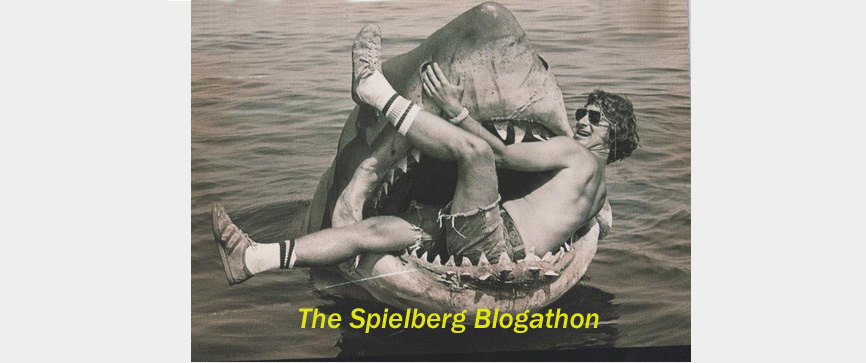
Making Contact: Spielberg's Close Encounters and E.T.
by Jim Emerson
Raiders of the Lost Ark
by Ratnakar Sadasyula
He wears a hat, has a stubble. He dresses in soiled jacket, rough jeans and equally soiled shirt. His only weapon for protection is a whip and a small pistol. He is afraid of snakes and most of the time he keeps running in and out of trouble. Yes I think you got whom I am talking about, Indiana Jones, the hero of 3 Hollywood blockbusters directed by Steven Spielberg and starring Harrison Ford as Indiana Jones. Indiana Jones and the Last Crusade, Indiana Jones and the Temple of Doom, and by far the best of all, the 1981 classic Raiders of the Lost Ark.
Amistad
by Roderick Heath
I’ve expected myself to reevaluate Amistad over the years, to decide it’s preachy, stagy, and minor. Yes, seeing perpetual beach bum Matthew McConaughey in the film is actually more distracting now than it was at the time when he was still a fresh-minted star. Nonetheless, Amistad has instead consistently remained my personal favourite of all Spielberg’s dramatic films. Whilst it doesn’t conjure anything quite as startlingly staged as the Krakow and warfare scenes in its trilogy partners, it also doesn’t provide anything as excruciating as Schindler’s List’s more stilted dialogue exchanges, or Private Ryan’s flimsy present-day frame, and its attempts at providing a kind of Socratic dialogue within itself are the most integral and persuasive of his several attempts at such. I take enormous pleasure in every sequence, every performance, in the deeply, physically convincing recreation of the historical milieu and the care with which Janusz Kaminski filmed it. It is fitting that Amistad gave to cinema the career of Chiwetel Ejiofor, one of our finest contemporary actors, as well as the charismatic Djimon Hounsou. Every bit as rigorous in terms of intense physical detail and production polish as his other films, it is nonetheless the most beautiful, coherent, and classical of all Spielberg’s serious works. Amistad achieves the effortless blend of the near-mythic and the intimately conversational those old-school cinema heroes the likes of John Ford, Howard Hawks, William Dieterle, and Michael Curtiz could bring to such dramas.

No comments:
Post a Comment
Note: Only a member of this blog may post a comment.